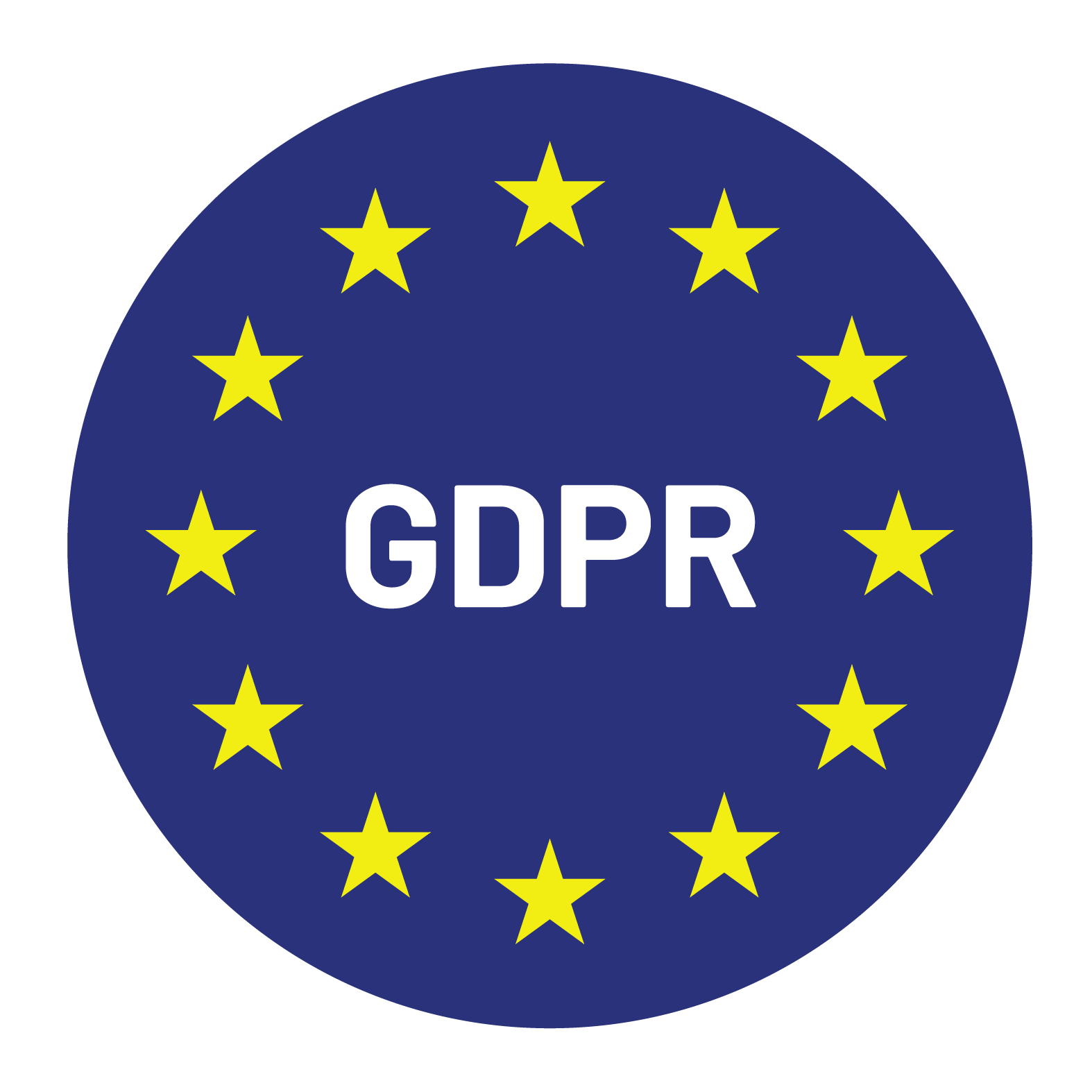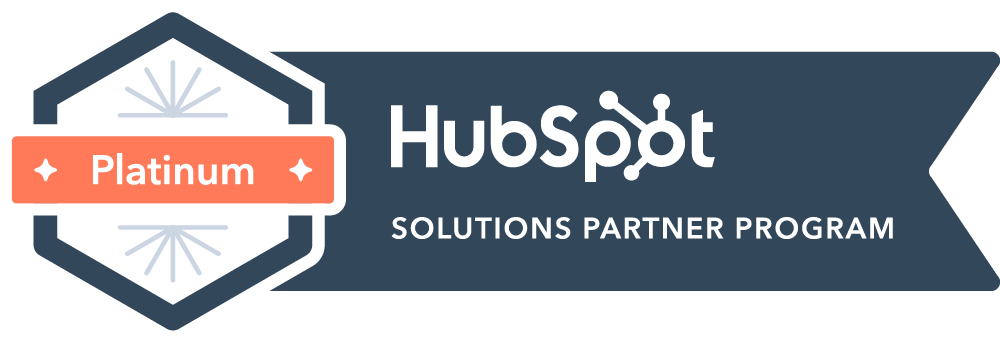

Content Writer for Whistle with multidisciplinary experience spanning over a decade.
Most cold emails are ignored. Some are deleted in seconds. A few get opened, but they rarely spark real interest. Inboxes are crowded, and attention is limited. But when executed properly, cold emails still work.
A strong cold email doesn’t just show up. It shows intent. It speaks directly to the reader with relevance and respect. And when it does that well, it prompts replies that lead to serious conversations and a real pipeline.
These are not tactics pulled from a single company’s playbook. They are principles observed across high-performing outbound programs that treat email with discipline and clarity.
Cold outreach has its critics, but the problem is rarely the medium itself. It’s how the medium is used.
Most cold emails fail because they are poorly written, self-promotional, or mass-distributed with little care. They prioritize volume over thought. They rely on jargon instead of relevance. That’s why so many go unread or ignored.
But the inbox still offers direct access to decision-makers. When email is approached with precision and relevance, the outcome changes. SDRs can cut through the noise with messages that feel considered and timely. They can start meaningful conversations that would be difficult to initiate otherwise, especially in markets where attention is scarce and gatekeepers are common.
Cold email remains one of the most efficient ways to build pipeline, particularly for companies looking to scale without heavy reliance on paid media or events. But it only works when every part of the message has a clear purpose, and when the outreach is built around the recipient—not the sender.
Effective cold emails follow a tight structure. They are built with the reader in mind and respect their time from subject line to sign-off.
The subject line is the first filter. If it doesn’t land, the rest of the message won’t be seen. That’s why it needs to be clear, intentional, and immediately relevant.
Effective subject lines don’t try to be clever. They don’t rely on urgency tactics or ambiguous hooks. They offer a reason to open the email based on what the recipient cares about.
The most reliable subject lines are:
Subject lines that consistently get opened include:
It’s not about standing out in the inbox for the sake of it. It’s about being relevant enough to earn the open. A good subject line sets the tone and shows the sender respects the reader’s time — before they even click.
The first line must prove this is not a bulk message. A good opener shows that you’ve done your homework and have a reason for reaching out.
This could include:
It should be specific and genuine. For example:
“I liked your perspective on scaling product teams in last week’s interview. Your comment on hiring across time zones stood out.”
This kind of opening shows intent. It signals that your message deserves a second look.
This is where most cold emails lose momentum. The body should be short, clear, and framed around the recipient’s priorities, not your product features.
A simple structure works well:
Keep it factual. Avoid fluff. Make it clear why this is worth the reader’s time.
Example:
“We’ve helped several fintech companies reduce customer onboarding time by 40 percent without adding headcount. I thought this might be relevant given your recent expansion.”
The goal is to create interest, not to close a deal in one message.
A good call to action is specific, easy to act on, and respectful. Avoid vague phrases like “Let me know if you’re interested.” Instead, propose a simple next step.
Examples:
Make the ask small, clear, and tied to something that benefits them. That increases the odds of getting a reply.
The close should reinforce credibility without being overbearing. Skip phrases like “Looking forward to hearing from you” or “I’ll follow up until I hear back.”
Keep it simple:
Include your name, role, and a professional signature. If relevant, add one quiet line of social proof, like a link to your company or a note that you’ve worked with peers in their space. But don’t overdo it. This part should feel informative, not promotional.
Even with the right structure, cold email can go wrong. Results suffer when execution doesn’t match intent. Below are some of the most common mistakes that weaken otherwise promising outreach efforts:
Too long. Emails that exceed 120 words often lose the reader halfway through. Attention spans are short, and a long message signals that it may not be worth the time. Clarity matters more than detail.
Too vague. Phrases like “helping you scale faster” or “driving innovation” might sound impressive, but they rarely communicate real value. Prospects need to know exactly what problem you solve and why it matters to them.
No follow-up. The first email is rarely enough. A thoughtful follow-up, sent at the right time, can be the difference between silence and a meeting. It shows intent without becoming intrusive.
Formatting issues. Dense blocks of text discourage reading. Proper spacing, clear structure, and strategic line breaks help guide the reader’s attention and make it easier to absorb the message.
Each of these mistakes adds friction. And the more friction there is, the easier it is for the reader to ignore the message altogether. Effective cold outreach is about reducing that friction, not adding to it.
High-performing cold email isn’t just about writing a good message. It’s about testing, iterating, and improving over time. Top teams analyze subject line open rates, response rates across CTAs, and messaging performance by segment.
What works in one campaign might not land in another. That’s why the process needs to be structured, measured, and adapted based on results.
The teams that treat email as a system are the ones that scale pipeline consistently.
Cold email is still one of the most direct, cost-effective ways to create pipeline. But its effectiveness depends entirely on how it’s written and how it’s delivered.
The difference between a message that converts and one that disappears is rarely luck. It’s precision. Strong intent. A focus on relevance over reach. Every line should earn its place, and every email should feel like it was written by someone who understands the person on the other side.
This is not about clever phrasing or inflated claims. It’s about clarity, timing, and consistency.
If your team is refining its approach or needs to build a better outbound engine, it helps to work with people who’ve built repeatable systems that actually perform. At Whistle, we help sales teams structure campaigns that lead to real conversations — the kind that turn into pipeline.
Reach out to see how your team can improve its cold outreach and convert more of the right prospects.


© Copyright – Whistle 2023